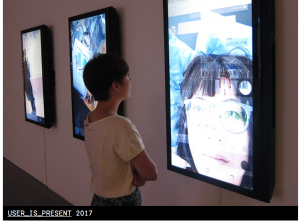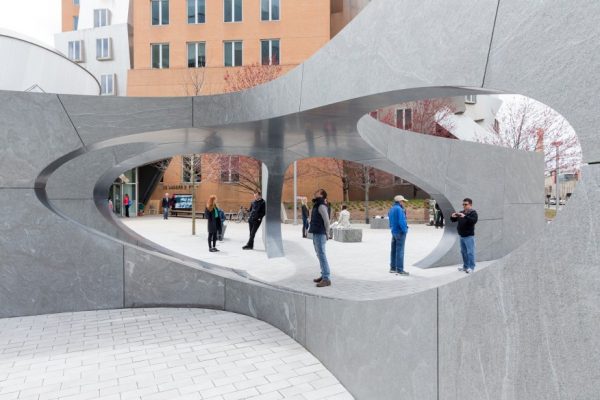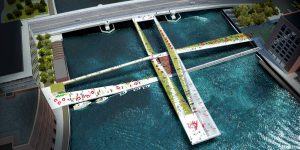Manuel Lima is a Portuguese-born designer with a leading voice on network visualization, studying how information can be organized and creates beautiful and complex diagrams. Lima has been recognized as a Fellow of the Royal Society of Arts and is named to be one of the “most creative and influential minds of 2009” by Creativity magazine. He is also the founder of VisualComplexity.com which is a visual exploration on mapping complex networks, a showcase for the intersection of art, design, and science. I admire Lima’s work because his work is explores new ways to visualize information as the world moves on from relying on hierarchical trees into and moves into networks as a platform to illustrate and map the complexities of the world.

My favorite project of his is VisualComplexity because it is a unified resource space that aims to leverage a critical understanding of different data visualization methods. When presenting his work, he begins with giving background and an understanding of his motivation behind his project before diving into the projects he has accomplished. By doing so, he shows what makes his work important and why his audience should pay attention to it. Manuel Lima’s website can be found here.
![[OLD FALL 2018] 15-104 • Introduction to Computing for Creative Practice](../../wp-content/uploads/2020/08/stop-banner.png)



